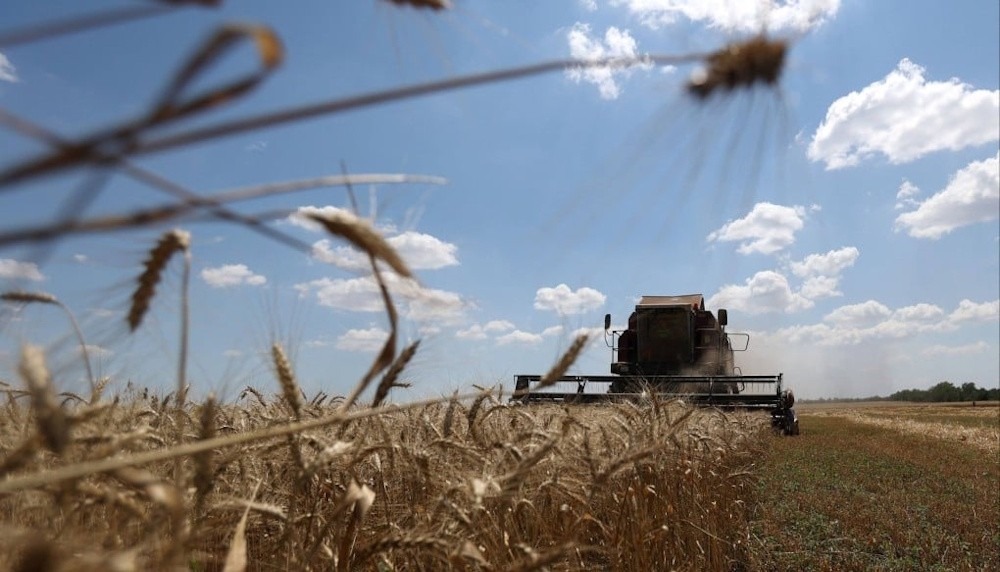A weather-altering phenomenon known as La Niña has emerged in the Pacific Ocean, thereby increasing the probability of drought conditions in California and agricultural regions in Brazil and Argentina. Concurrently, this phenomenon has brought about colder temperatures in the Midwest of the United States, while simultaneously bringing about a more temperate winter in New York and on the East Coast of the United States. Argentines are becoming increasingly concerned about the emergence of this phenomenon since this weather pattern has the potential to cause heat waves and droughts, both of which have the potential to have an influence on the principal soybean and corn output in the country.
The presence of La Niña alone poses a possible risk to the agricultural sector in La Pampa, leading producers to begin preparations for the planting season. This is despite the fact that La Niña is expected to be weaker this year than it was last year. The droughts that were linked to La Niña in the years 2018 and 2023 had a big influence in the demise of two previous governments in Argentina. Argentina is the leading supplier of soybean meal and oil, and it is also the third largest exporter of corn in the world. As the United States Treasury purchases pesos, Washington begins the process of providing Argentina with a financial rescue. It is important to note that this harvest season has enormous implications.
On a quarterly basis, economic activity has showed signs of deterioration, and it is expected that President Javier Milei, whose administration is in dire need of foreign cash, will rely on agriculture export profits estimated to be roughly thirty billion dollars per year in the coming year. “There will be dry spells,” said Germán Heinzenknecht. On the other hand, he said that agricultural producers are likely to gain from increased soil moisture levels. At this point in time, it is not possible to make any predictions regarding the course that the season will take. Let us take into consideration the most recent harvest that Argentina has had. Although La Niña seemed to put the fields in danger, the rains eventually arrived and saved the soybeans.
As a result of the peso’s allowed decline, Argentine markets are expressing relief. In light of the fact that the peso is allowed to decline, Argentine markets are expressing relief. According to Leonardo De Benedictis, the arrival of La Niña is not a positive development. “However, the more fragile it becomes, the more advantageous it is.” The projection of La Niña conditions is causing early concerns for Argentina, which is a country that Milei represents.

